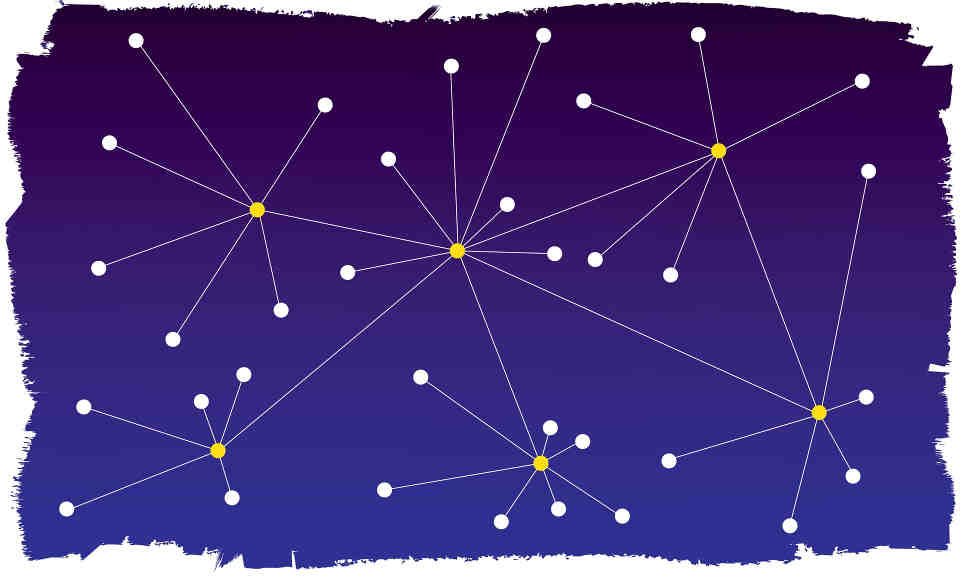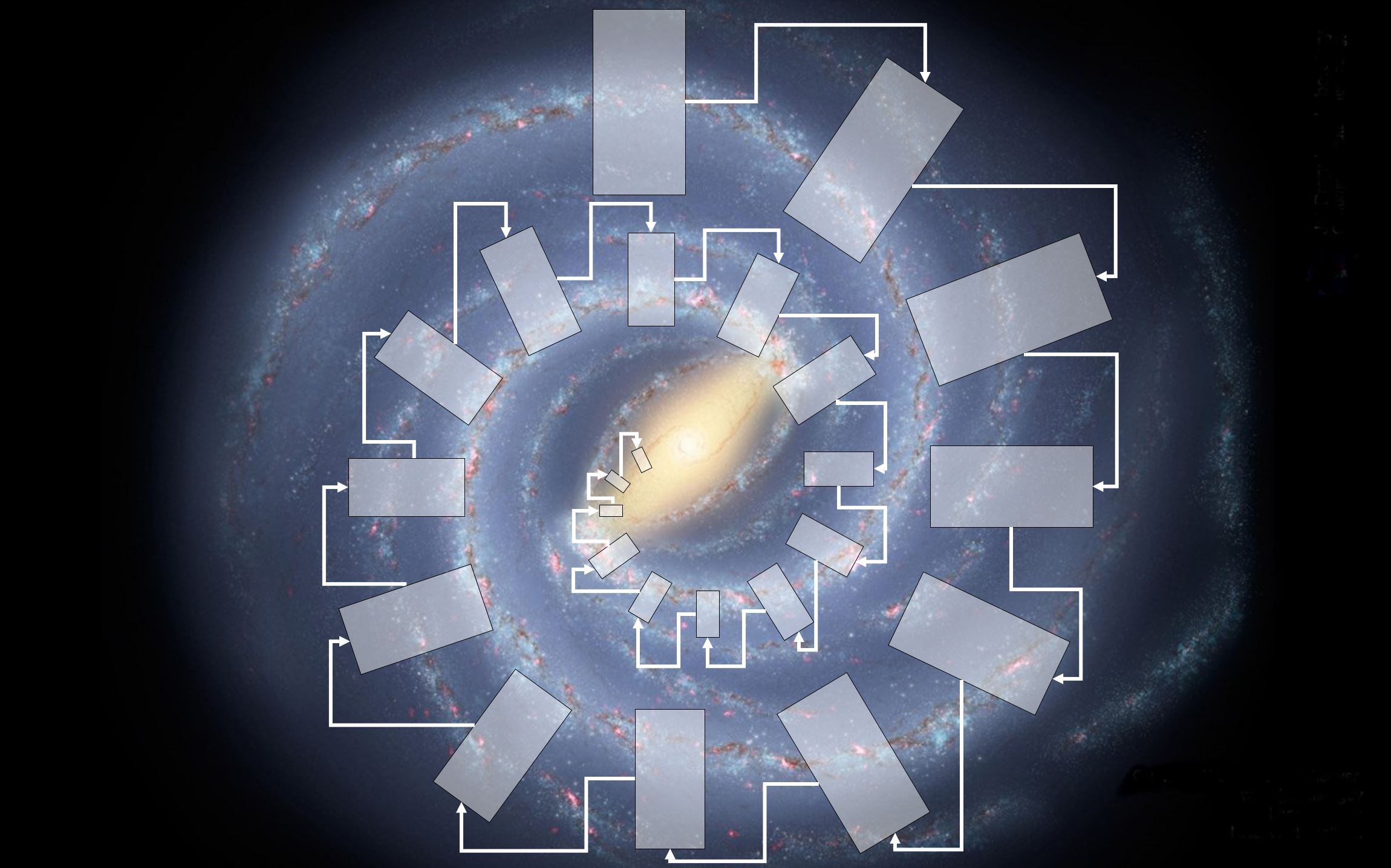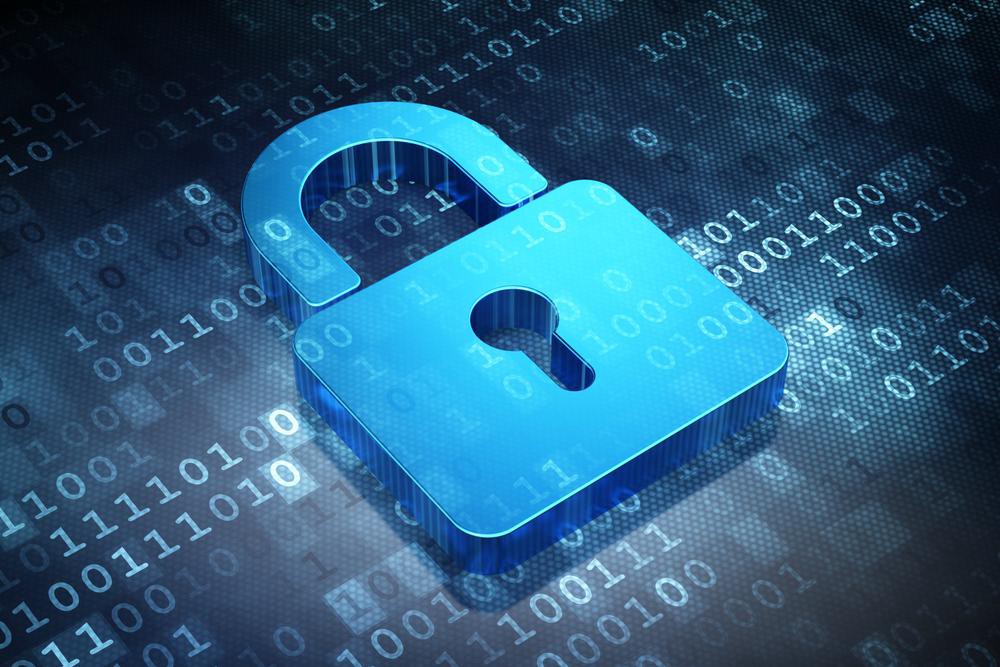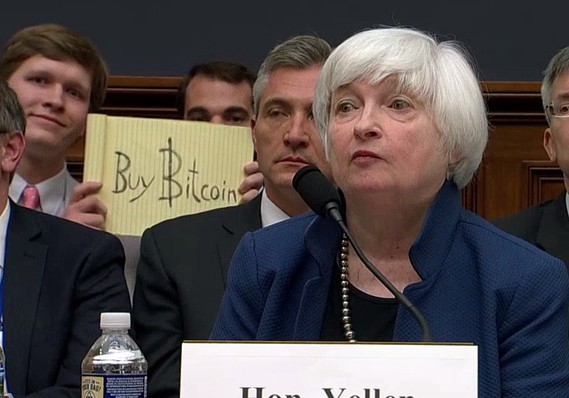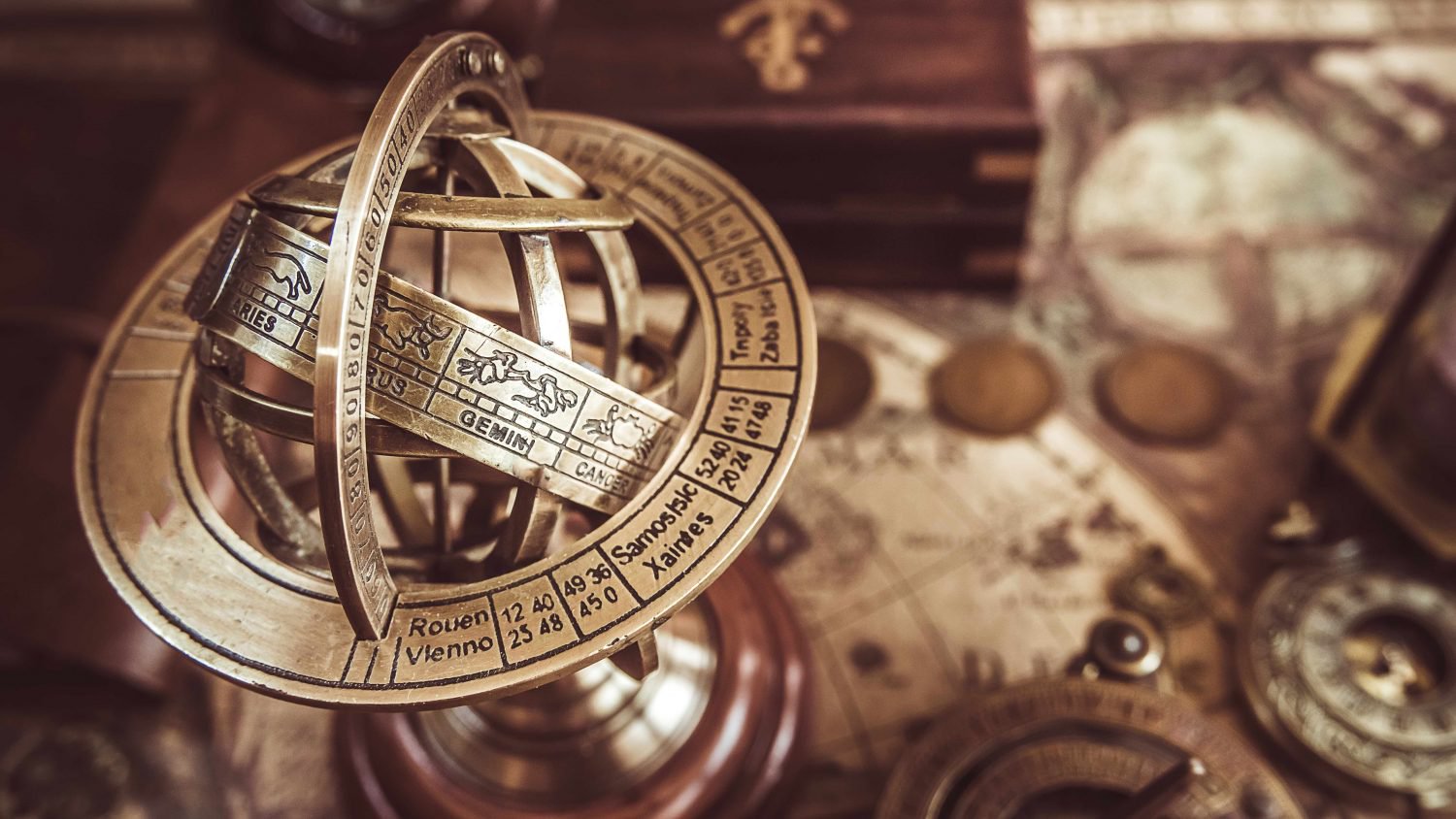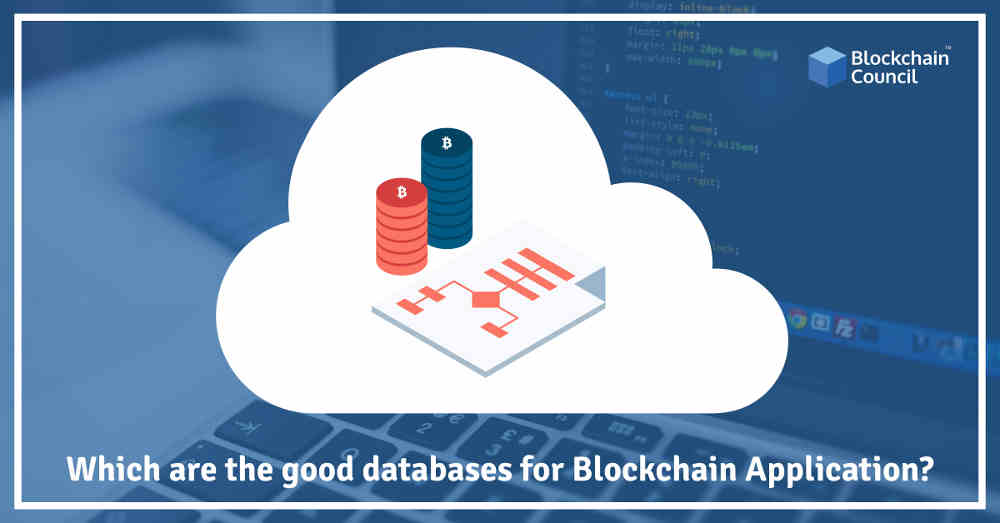The decentralised web, or DWeb, could be a chance to take control of our data back from the big tech firms. So how does it work and when will it be here?
The story that broke earlier last month that Google would again cooperate with Chinese authorities to run a censored version of its search engine, something the tech giant has neither confirmed nor denied, had ironic timing. The same day, a group of 800 web builders and others – among them Tim Berners-Lee, who created the world wide web – were meeting in San Francisco to discuss a grand idea to circumvent internet gatekeepers like Google and Facebook. The event they had gathered for was the Decentralised Web Summit, held from 31 July to 2 August, and hosted by the Internet Archive. The proponents of the so-called decentralised web – or DWeb – want a new, better web where the entire planet’s population can communicate without having to rely on big companies that amass our data for profit and make it easier for governments to conduct surveillance. And its proponents have got projects and apps that are beginning to function, funding that is flowing and social momentum behind them. In light of the Snowden revelations and Cambridge Analytica scandal, public concerns around spying and privacy have grown. And more people have heard about the DWeb thanks to the television comedy Silicon Valley, whose main character recently pivoted his startup to try and build this “new internet”.
What is the decentralised web?
It is supposed to be like the web you know but without relying on centralised operators. In the early days of the world wide web, which came into existence in 1989, you connected directly with your friends through desktop computers that talked to each other. But from the early 2000s, with the advent of Web 2.0, we began to communicate with each other and share information through centralised services provided by big companies such as Google, Facebook, Microsoft and Amazon. It is now on Facebook’s platform, in its so called “walled garden”, that you talk to your friends. “Our laptops have become just screens. They cannot do anything useful without the cloud,” says Muneeb Ali, co-founder of Blockstack, a platform for building decentralised apps. The DWeb is about re-decentralising things – so we aren’t reliant on these intermediaries to connect us. Instead users keep control of their data and connect and interact and exchange messages directly with others in their network.
Why do we need an alternative?
With the current web, all that user data concentrated in the hands of a few creates risk that our data will be hacked. It also makes it easier for governments to conduct surveillance and impose censorship. And if any of these centralised entities shuts down, your data and connections are lost. Then there are privacy concerns stemming from the business models of many of the companies, which use the private information we provide freely to target us with ads. “The services are kind of creepy in how much they know about you,” says Brewster Kahle, the founder of the Internet Archive. The DWeb, say proponents, is about giving people a choice: the same services, but decentralised and not creepy. It promises control and privacy, and things can’t all of a sudden disappear because someone decides they should. On the DWeb, it would be harder for the Chinese government to block a site it didn’t like, because the information can come from other places.
Source/More: Decentralisation: the next big step for the world wide web | Technology | The Guardian

